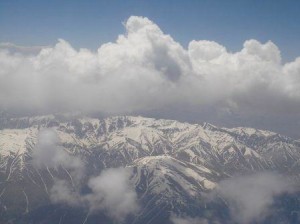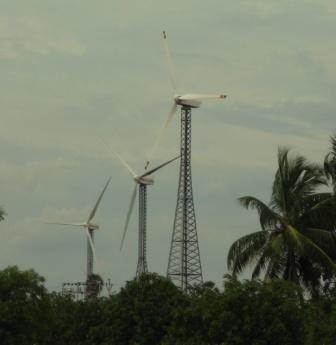Himalayan Glaciers reducing by 38 Sq KM annually
 A report released at the Second International Conference on Cryosphere of the Hindu Kush Himalayas that was organized by ICIMOD said that the Himalayan glaciers have reduced because of global warming.
A report released at the Second International Conference on Cryosphere of the Hindu Kush Himalayas that was organized by ICIMOD said that the Himalayan glaciers have reduced because of global warming.
A total of 40 research papers were discussed during the event. 140 experts, researchers, scientists, academics and professionals from around the world attended the event. The conference lead the way for promotion of knowledge sharing and has strengthened the cryospheric network for monitoring and understanding the cryosphere of the Hindukush Himalayan region.
The report ‘Status and Decadal Glacier Change from 1980s to 2010 in Nepal based on Satellite Data’ was launched at the event. The report is an exciting insight on four decades of glacier data from Nepal. ICIMOD also released four decades of glacier data from Bhutan, as well as current data on the glaciers of five river basins (Amu Darya, Indus, Ganges, Brahmaputra and Irrawaddy).
David Molden, Director General of ICIMOD, said, “there is a need to take innovative approaches in cryosphere monitoring and to come up with a comprehensive picture of the cryosphere of the HKH based on research at the national and local level.”
As per the report, “The total glacier area decreased by 24% between 1977 and 2010, and the estimated ice reserves by 29% (129 km3). The number of glaciers increased by 11%, a result of fragmentation following shrinkage. The lowest losses of glacier area (and in some cases gains) were observed from glaciers with a north or northwest aspect (of which there were very few) and slopes of less than 20°. Mountain basin type and valley glaciers also showed a lower proportional loss of area. The glaciers receded on average by 38 km2 per year. ”
Access the full report from here.
Image credit: Hindu Kush Himalayas



